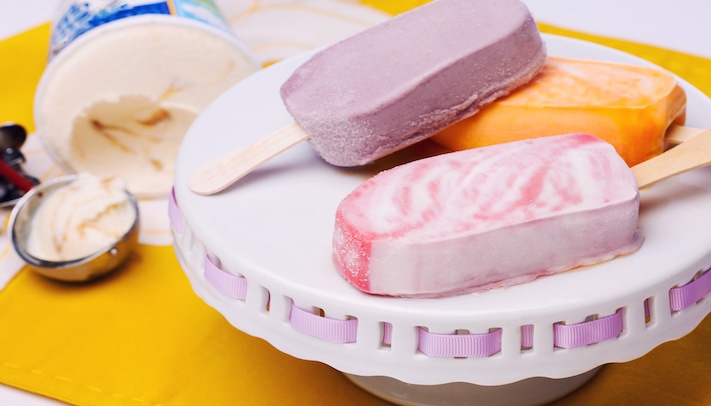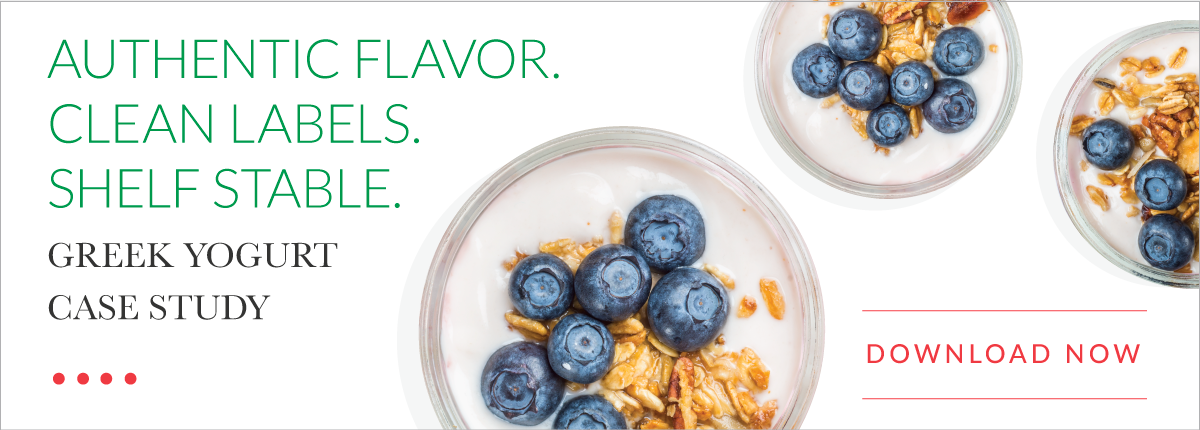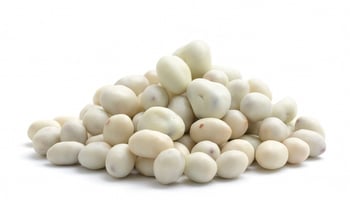 When it comes to desserts, it’s hard to beat a tasty frozen treat. Whether it’s ice cream, milkshakes, frozen yogurt, or ice cream sandwiches, frozen goodies like these are a staple with American consumers who frequently stock their freezers with their favorite brands and products.
When it comes to desserts, it’s hard to beat a tasty frozen treat. Whether it’s ice cream, milkshakes, frozen yogurt, or ice cream sandwiches, frozen goodies like these are a staple with American consumers who frequently stock their freezers with their favorite brands and products.
According to the market research firm Packaged Facts, 9 out of 10 households regularly buy frozen desserts and ice cream, making it one of the most established categories in the food industry. Despite it’s maturity and stability, however, frozen dessert sales continue to climb, with the total market for ice cream and frozen desserts expected to reach $27.4 billion by 2018 – an increase from $25.5 billion in 2013.
Given the popularity of frozen desserts in both the retail and food service settings, it’s no surprise to see sales on a steady climb. In the retail market especially, things have gotten ultra-competitive between brands as multinational conglomerates go head-to-head against local and regional products in the freezer aisles. As the competition heats up, one way that frozen dessert manufacturers can gain a competitive advantage is by focusing on providing more functional, nutritional products.
For food manufacturers looking to create more functional formulations, one option is to focus on using yogurt as a substitute for high-fat dairy ingredients in frozen dessert applications. Given its rich, creamy texture, great taste, and functional benefits, yogurt is the ideal food to use in frozen desserts, but as any food scientist will tell you, finding a fortifier that works properly in frozen applications is no easy task.
According to Brenda Fude, Food Applications Manager at Grande Custom Ingredients Group, there’s a lot for food manufacturers to consider when developing new formulations of their frozen desserts. “When you introduce a food fortifier to your frozen products, there are a lot of different ways it can change your formulation,” Fude said. “Apart from worrying about the basics like viscosity, taste, and mouthfeel, you also have to think about how your product will remain stable in freezer conditions. This means considering things such as melting resistance, whipability, and preventing ice crystal growth while frozen.”
By using our Grande Primo™ Dried Yogurt & Cultured Dairy Products, food manufacturers can create more nutritious variations of their frozen dessert applications without having to worry about significantly changing their product formulation. Only Grande Primo™ has the authentic yogurt flavor consumers are craving, with textural properties that provide a rich, creamy mouthfeel. And to top it all off, Primo™ is perfectly stable in frozen applications, making it the ideal ingredient for your smoothies, bars, and other frozen treats.
Aside from adding the authentic taste and texture of yogurt, the Grande Primo™ line is a more cost-effective and convenient alternative to fresh yogurt, allowing you to enhance your applications without the worry of a limited shelf-life or strict handling requirements. Plus, our Primo Y100 dried yogurt meets the Code of Federal Regulations for lowfat yogurt prior to drying!
For more information about how Grande Primo™ can be used to create more functional frozen dessert options, check out our our applications page or contact one of our food scientists today.




